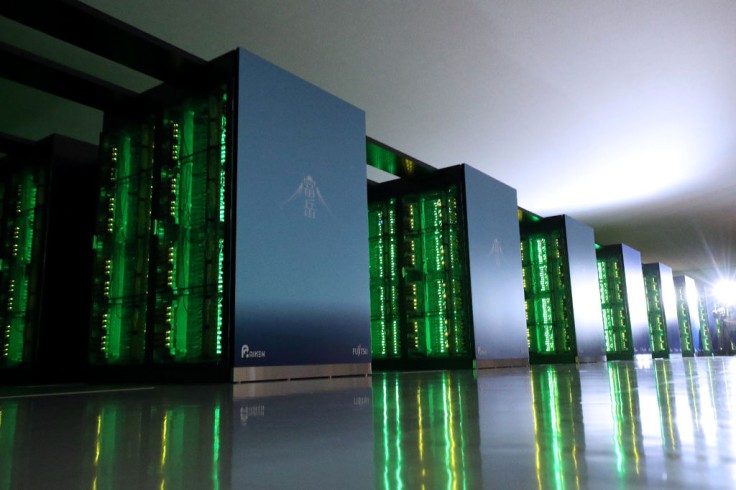With a powerful new supercomputer in Tennessee, the U.S. has reclaimed the coveted speed crown in computing, marking a watershed moment for the technology that is used in science, medicine, and other sectors, according to the report by The New York Times.

US Frontier Tops World's Supercomputer Ranking
Frontier, the gigantic machine at Oak Ridge National Laboratory, was named the first supercomputer to achieve performance of one quintillion operations per second - a billion billion calculations - in a set of standard tests used by researchers to evaluate supercomputers.
Thomas Zacharia, director of Oak Ridge, said that the COVID-19 outbreak and difficulty procuring components in the supply chain crisis made building the system, which consists of 74 cabinets weighing 8,000 pounds apiece, more challenging.
US Beat Japan's Arm-based Fugaku
The Register reported that the U.S.' supercomputing prowess has conquered the country of the rising sun. The recently released Frontier supercomputer from Oak Ridge National Laboratory has surpassed Japan's Arm-based Fugaku to take the top spot on the Top500 list of the world's most powerful publicly known systems.
Frontier's lead against Fujitsu's A64X-based system in Japan is far from narrow. According to the Linpack test, which has been used to rank supercomputers since the mid-1990s, the cluster achieved a peak performance of 1.1 exaflops.
By a wide margin, Frontier is the first publicly benchmarked exascale computer. The Oak Ridge National Laboratory system outperforms Fugaku's 442 petaflops of performance, which was good enough to retain Fugaku in first place for two years.
How Did China Fare in the Supercomputer Ranking?
China held two top-ten spots with its Tianhe-2A built by China's National University of Defense Technology (NUDT) and Sunway TaihuLight from the National Research Center of Parallel Computer Engineering & Technology (NRCPC), as per Engadget's report.
Despite the U.S.' dominance in the Top 500, according to The Register, China has already surpassed the exaflop threshold. The Sunway Oceanlite - the successor to TaihuLight - and Tianhe-3, both of which have purportedly exceeded 1.3 exaflops in the Linpack benchmark, are two systems to keep an eye on.
However, it is also worth noting that the Asian country has maintained a lower profile in publicizing its supercomputer accomplishments as the U.S. has taken a number of moves to stifle China's technological advancements, including making it more difficult for some Chinese companies to obtain the foreign chips needed to build supercomputers.
What Are the Uses of These Supercomputers?
International competition has always revolved around supercomputers. The room-sized machines were originally designed to crack codes and construct weapons, but they are now used to develop vaccines, test automotive designs, and model climate change.
Frontier, as Zacharia anticipated, would soon make a significant effect in areas such as studying the impact of COVID-19 and assisting in the transition to cleaner energy sources.
Related Article : Why Did Samsung Decide To Cut Phone Production by 10% for 2022?









